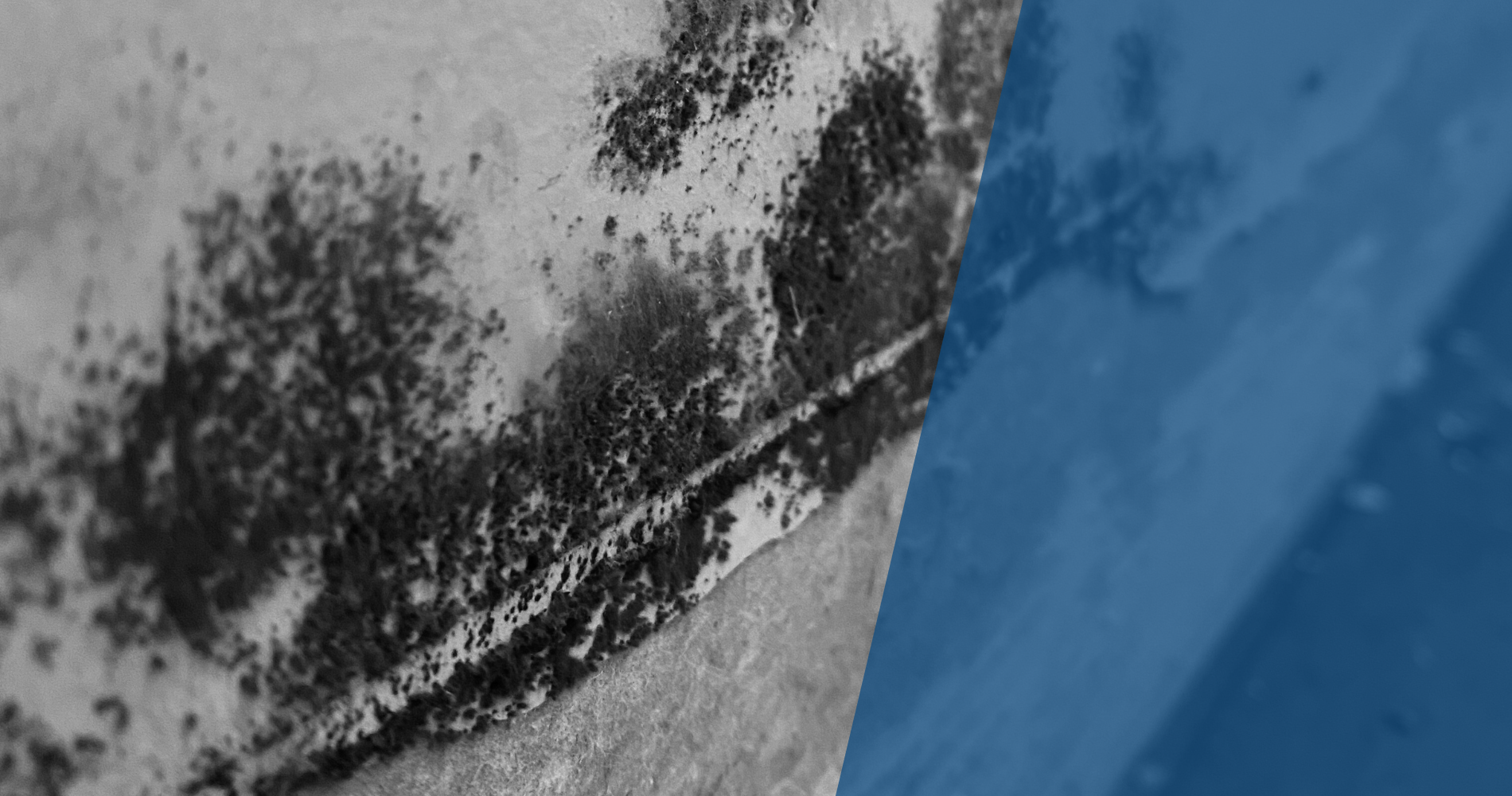
Mold is “a superficial often woolly growth produced especially on damp or decaying organic matter or on living organisms by a fungus.”
Mold comes in thousands of variations and forms, each with a different level of potential harm to the human body. While many people are familiar with mold, the kind of mold that grows on properties isn’t the same kind of mold that grows on a piece of bread—you can’t just scrape it off without taking care of the structural issues around the growth.
Mold can cause many health hazards. No matter where it grows on your property, it has the potential to cause hazards to any occupant. Mold can cause mild health problems such as irritation and allergies, but in some cases, it can cause very serious issues such as infection and toxicosis.
Because mold is a natural occurring element, the Environmental Protection Agency (EPA) has yet to agree on specific guidelines that address mold growth and contamination levels in buildings. However it has been confirmed that prolonged exposure to elevated levels of mold can result in health affects and sometimes can result in an infection. Indoor Air Quality professionals agree that the exposure to mold is most harmful to those with compromised or weakened immune systems. If you think you may have a mold problem at your property, call the RestorationHQ professionals right away to schedule an inspection.
Mold needs the same basic conditions just like humans to be able to grow and reproduce. The basic conditions are atmosphere (oxygen, light, etc.) and a food source. When a restoration contractor can remove or manipulate at least one piece of that puzzle, the potential for growth is greatly reduced. Time is of the essence as mold can develop as quickly as 24-72 hours after a building materials have become saturated. Another main component of mold growth is lack of airflow, so in stale, moist areas, it is likely that organic materials will sprout mold growth faster than in areas exposed to direct light.
Phoenix: (480) 256-1453
Tucson: (520) 771-8268
"*" indicates required fields